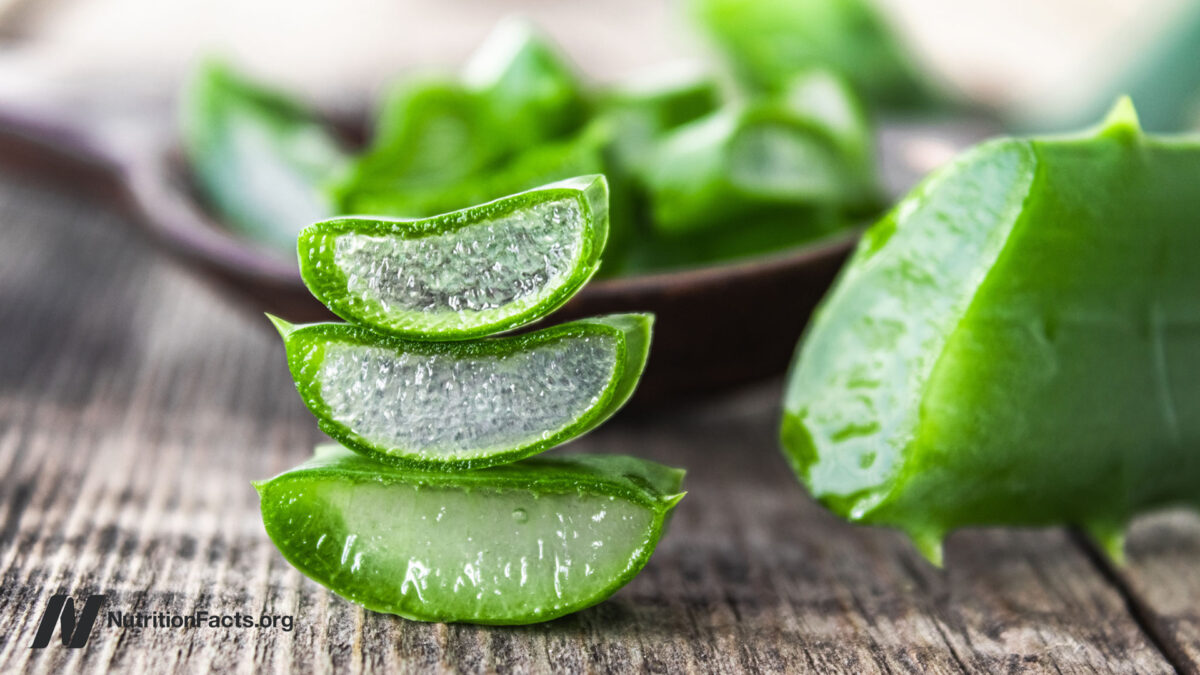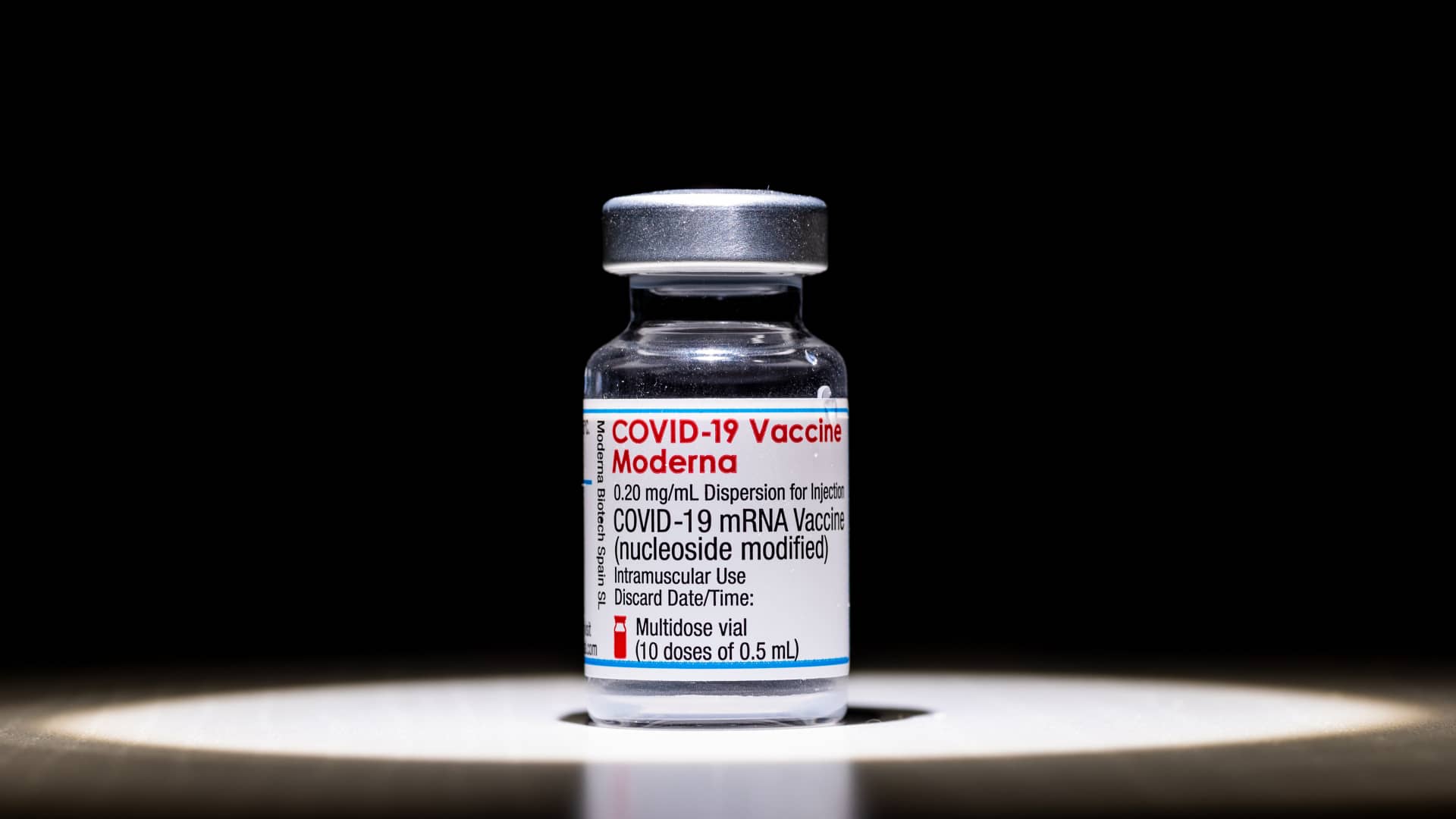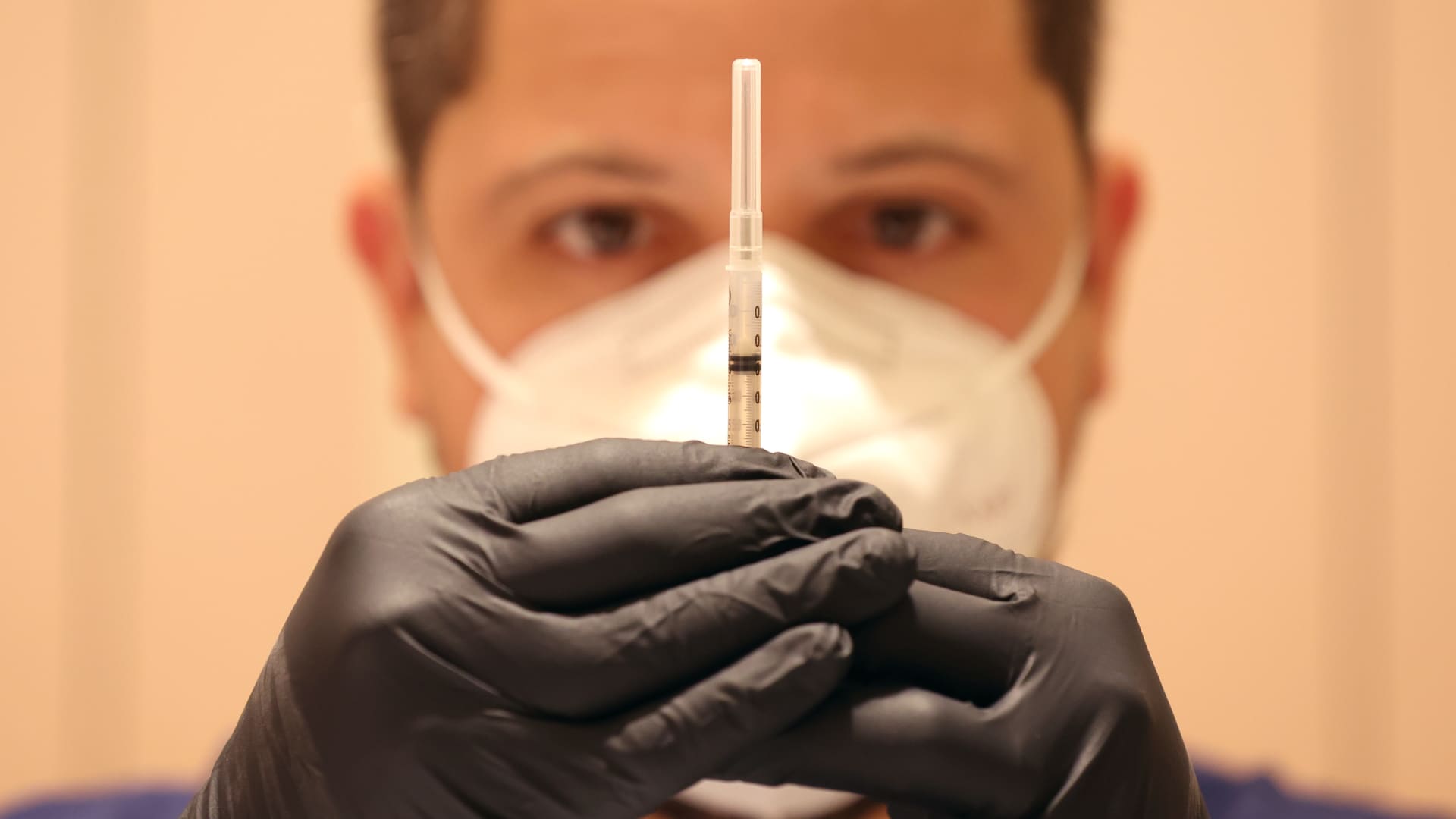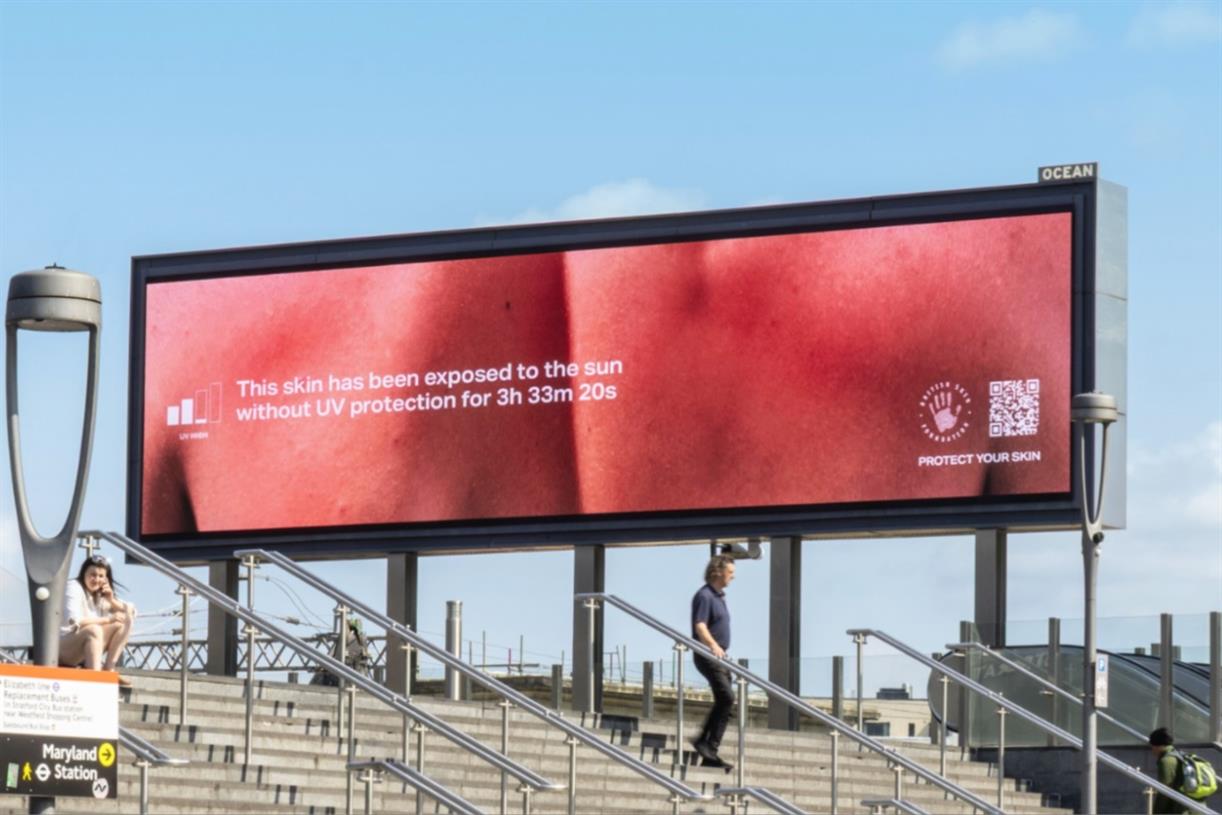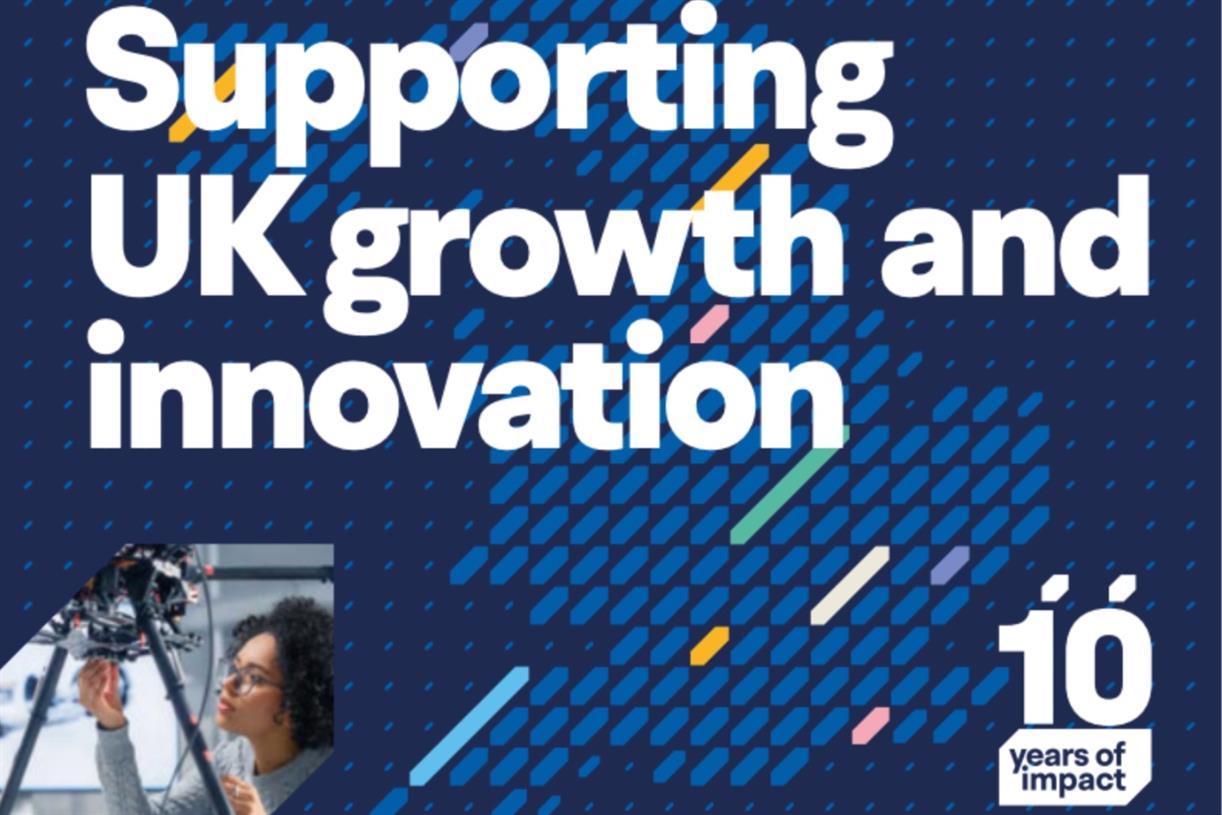Is Seafood Safe from Microplastic Contamination?
Can ingested plastic particles from fish get into our bloodstream? In 1869, a patent was taken out for a new substance to replace elephant ivory […]
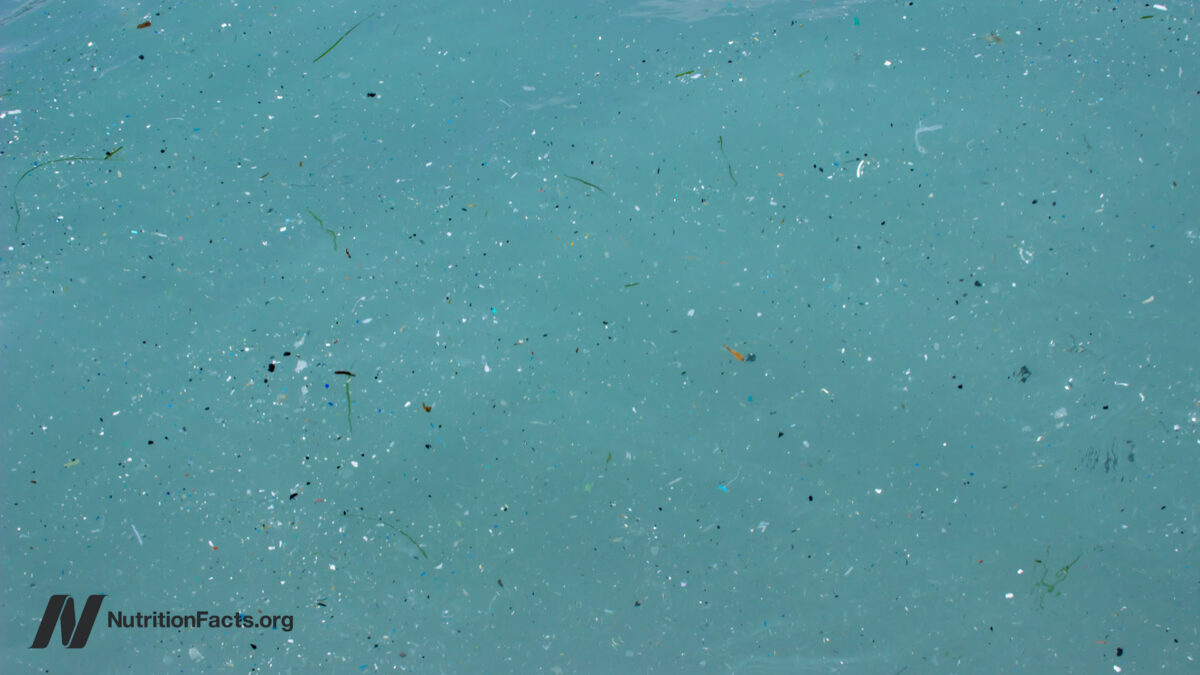
Can ingested plastic particles from fish get into our bloodstream?
In 1869, a patent was taken out for a new substance to replace elephant ivory in the production of billiard balls, and the plastics industry was born. Ironically, what started out as a conservation-minded measure has turned into an environmental problem. Hundreds of thousands of tons of trillions of tiny plastic particles are now floating on the surface of the sea. These particles come from plastic objects, like water bottles, that get worn down into tinier and tinier pieces or from plastic microbeads flowing into the sewers from our sinks.
“Plastic microbeads are often used as a scrubbing agent in personal care and cosmetic products (PCCPs), such as facial cleanser, shower gel and toothpaste.” And, “up to 94,500 microbeads could go down the drain in a single wash.” Then, when you trawl the oceans, you can find the same beads you find in the facial scrubs. Billions are emitted into aquatic habitats every day in the United States. “This equals 2.9 trillion beads per year. If you line these microbeads up end to end…the United States emits enough microbeads to wrap around the planet >7 times.”
As I discuss in my video Microplastic Contamination and Seafood Safety, the reason this may be a problem is that the plastic accumulates toxic compounds from the water and then shuttles them, along with any chemicals originally in the plastic, into marine organisms, concentrating up the food chain and eventually ending up on our plates. As such, the potential hazardous effects on humans evidently include “alteration in chromosomes which lead to infertility, obesity, and cancer.”
Let’s take a step back and review the evidence. Plastic gets into the oceans, but does it actually get into the fish? Yes, microplastics have been shown to be ingested by fish and other aquatic animals. But, are we then actually eating plastic-ingesting fish? “Yes, we are eating plastic-ingesting fish.” But don’t we just poop out the plastic?
Small enough microparticles may actually be able to get absorbed through our intestinal wall and enter into our bloodstream. This “uptake of ingested microparticles into small intestinal tissues and on to secondary organs has moved from being an anecdotal phenomenon to a recognized and quantifiable process”—but that was in rodents. Just because it’s been demonstrated across a variety of lab animals, doesn’t meant it happens in people. You don’t know until you put it to the test. The closest we have involves human placentas after childbirth. Researchers found that plastic microparticles could indeed cross the placental barrier from the maternal bloodstream. So, if the particles could get into a pregnant woman’s circulation, they might get into her baby’s circulation, too.
This is concerning because that plastic debris can be a source of toxic chemicals—both the chemical additives in the plastic itself and also the pollutants the plastic sucks up from the water that then can be released into the body. Bisphenol A (BPA) is one of the chemical additives that can originate from the plastic itself. Given that BPA concentrations have been measured in plastic debris, microplastics may be a major source of BPA in seafood. No one’s really looked into it—until now: a study investigating BPA levels in the edible parts of seafood.
Yes, fish and other seafood present one of the highest BPA contamination levels, but is that just because the study was looking at canned fish products, like tuna and sardines? Manufacturers may use BPA in the lining of food cans directly, but “BPA may leach from the plastic in oceans, causing a direct contamination of fish.” In fact, some argue that this BPA environmental contamination in fish could be worse than the BPA from the cans themselves. You don’t know until you put it to the test.
At 3:56 in my video and shown below, you can see a chart with the BPA levels found in canned seafood. The highest levels were found in tuna, cockles, sardines, and blue crabs, but since those were all canned, you don’t know how much is from the can versus the animal until you look at non-canned seafood. The study sometimes found even higher levels in some fresh mollusks, clams, flounder, and cod.
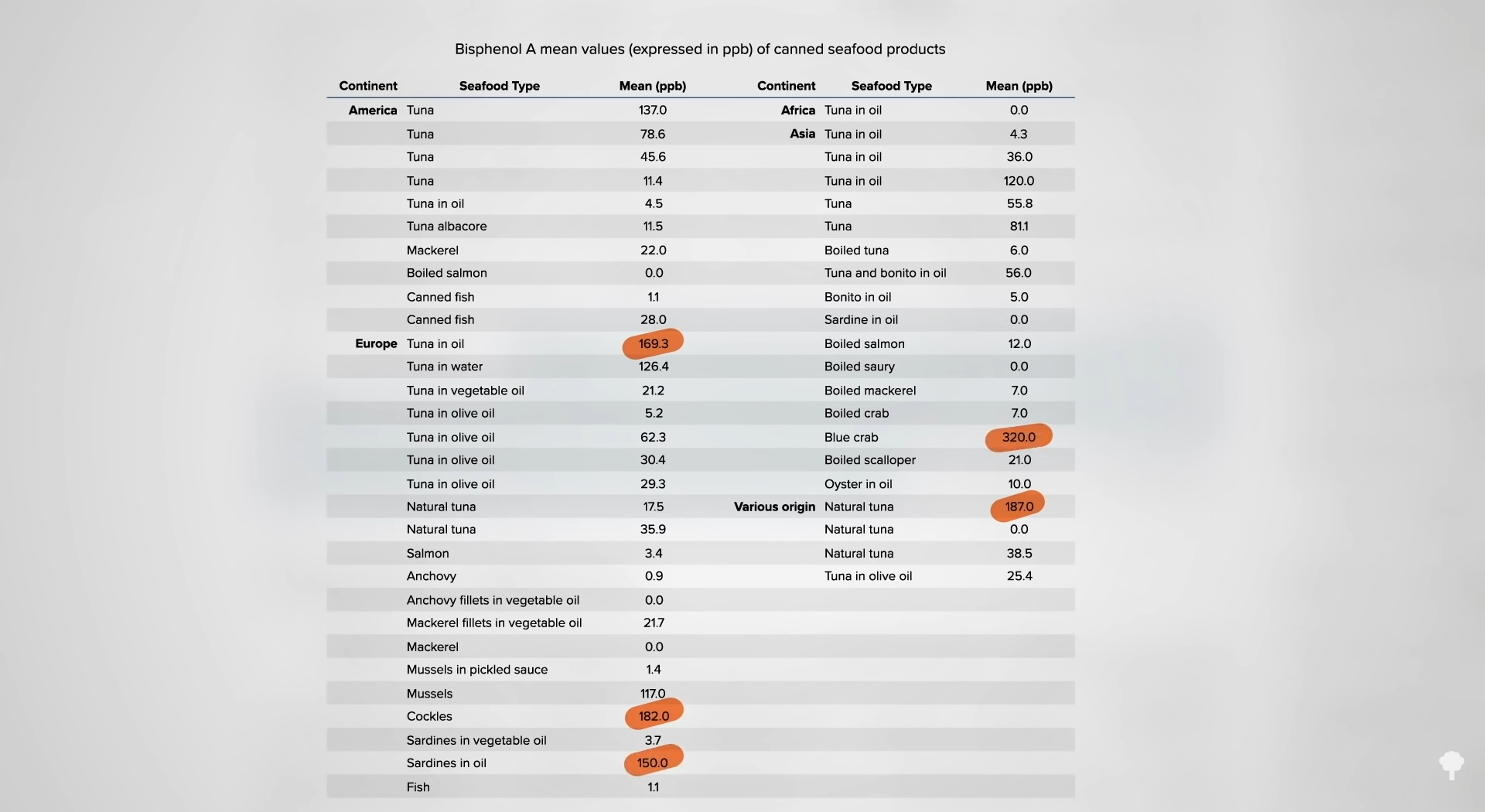
That’s not good, since chemicals in plastics such as BPA are known endocrine disruptors—that is, known hormone disrupters. And, besides that, fat-soluble pollutants from the seawater can glom onto the microplastic surfaces and potentially present additional risk.
For more on microplastics, see my videos Are Microplastics in Seafood a Cancer Risk? and How Much Microplastic Is Found in Fish Fillets?.

 Tekef
Tekef 







